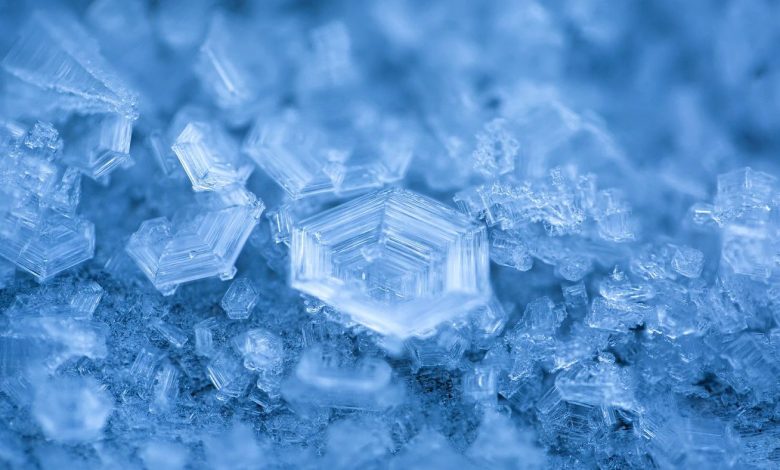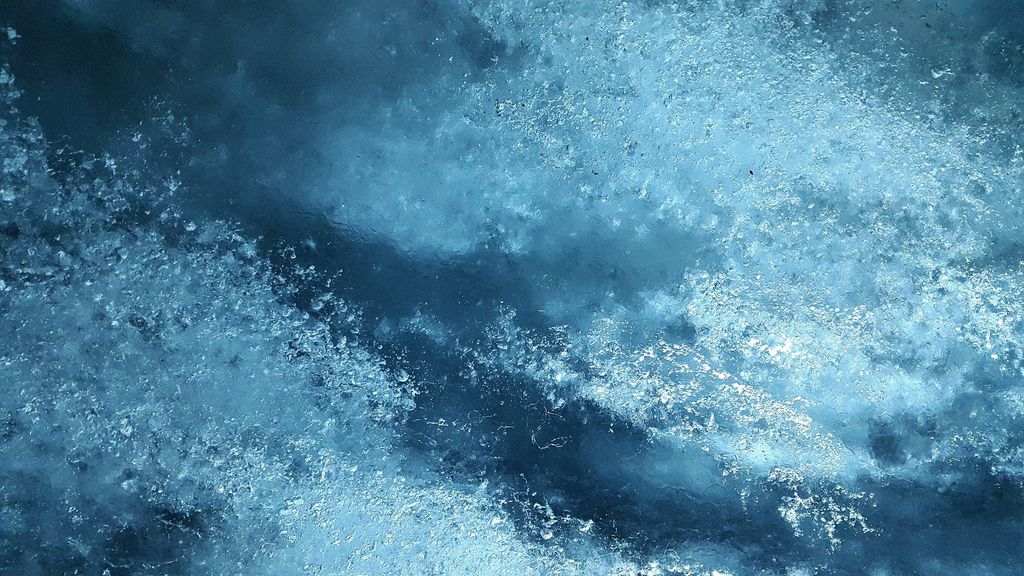Scientists have just set a new record for the coldest temperature in a laboratory. By pouring magnetized gas 393 feet (120 metres) down a tower, they produced the bone-chilling temperature of 38 trillionths of a degree above -273.15 Celsius.
The German scientists were interested in the quantum properties of the fifth state of matter: The Bose-Einstein condensate (BEC) is a gas derivative that only exists at very low temperatures. In the BEC phase, matter begins to behave like a single gigantic atom, making it an intriguing topic for quantum physicists interested in the mechanics of subatomic particles.
Temperature is a measure of molecular vibration; the higher the aggregate temperature of a set of molecules, the faster they travel. Absolute zero, or minus 459.67 degrees Fahrenheit or -273.15 degrees Celsius, is the temperature at which all molecular motion ends. The Kelvin scale, with 0 Kelvin equal to absolute zero, was developed by scientists as a separate measure for freezing temperatures.

Light changes into a liquid that can be poured into a container, according to research published in the journal Nature Physics in 2017. Supercooled helium no longer feels friction at very low temperatures, according to a 2017 study published in the journal Nature Communications. NASA’s Cold Atom Lab has even discovered atoms that are in two places at the exact moment.
Scientists used a magnetic field to trap a cloud of 100,000 gaseous rubidium atoms inside a vacuum container during the experiment. The chamber was then refrigerated to 2 billionths of a degree Celsius above absolute zero, which would have been a world record in and of itself.
However, to get much colder, the scientists needed to simulate deep-space conditions. So the crew travelled to the European Space Agency’s Bremen drop tower, a microgravity research facility at the University of Bremen in Germany.

The rubidium atoms’ molecular speed was decreased next to nothing by dropping the vacuum chamber and rapidly switching the magnetic field on and off, allowing the BEC to float free of gravity. According to the study, the resulting BEC lasted around 38 picokelvins – 38 trillionths of a Kelvin – for about 2 seconds, creating ” an absolute minus record.”
Scientists at the National Institute of Standards and Technology (NIST) in Boulder, Colorado, used specialised lasers to establish the previous record of 36 millionths of a Kelvin.

The Boomerang Nebula, 5,000 light-years from Earth, is the coldest known natural area in the universe. According to the European Space Agency, its average temperature is -272 C (approximately 1 Kelvin).
According to the new study’s authors, they could sustain this temperature for up to 17 seconds in absolutely weightless environments, such as space. Freezing temperatures, according to MIT specialists, may help scientists in the construction of more powerful quantum computers.
More details can be found here.


